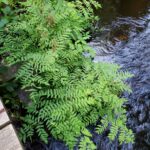Wetland Bordering plants – ferns
Wetland indicator status – indicates the probability that a plant would be found in wetland area.
- OBL – obligate species ALWAYS occur in wetlands.
- FACW – Facultative wetland species mostly occur in wetlands but may occur in upland.
- FAC – facultative occur in both upland and wetlands.
- FACU – Facultative upland species mostly occur in upland but may occur in wetland.
- UPL – species always occur in upland.
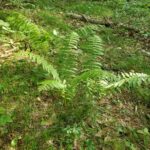 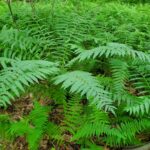 |
Osmunda claytoniana — Interrupted Fern
|
|
|
Osmunda regalis — Royal Fern
|
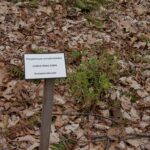 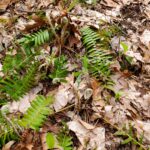 |
Polystichum acrostichoides — Christmas fern
|
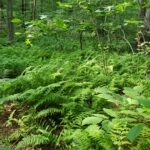 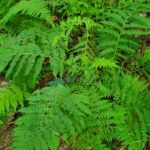 |
Athyrium angustum – Lady Fern
|
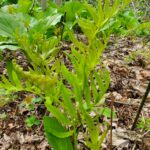 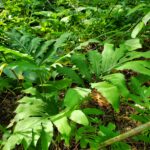 |
Onoclea sensibilis — sensitive fern
|
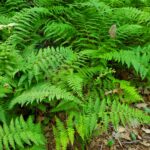 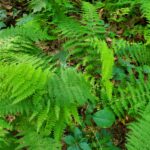 |
Maianthemum racemosum — Hay-Scented Fern
|
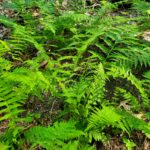 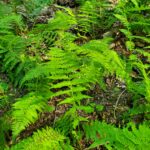 |
Sanicula marilandica – New York Fern
|

